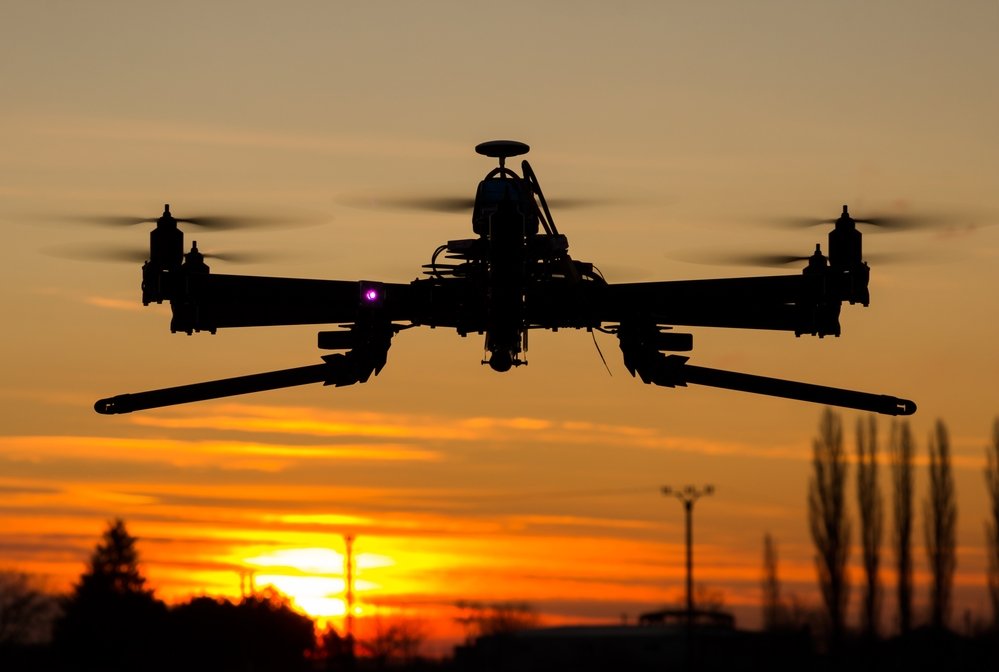Drone manufacturers from December 16, will have to add to their drones a “Standard Remote ID”. This means that drones should transmit data packets once per second (using Bluetooth or Wifi) that contain the drone's position, speed and path, a unique identifier, the operator's position, and the altitude at which it is flying. .

Already, enough Companies have announced their intention to create networks that will build a real-time database of all drone activity in the US. It will show the locations of the drones of their operators and of course any non-compliant aircraft.
By September 16, 2023, all US hobbyists will need to fit “remote ID” modules to their aircraft model (on older drones) to make them Remote ID compatible (unless they have weight under 250 g or fly in pre-approved areas called FRIA).
Users of drone aircraft will have to register with the FAA [unless they weigh less than 0,55 kg], pass a knowledge test, and then install Remote ID technology on all their aircraft.
“Remote ID will help the FAA, law enforcement and other federal agencies find the control station when a drone appears to be flying unmanned safe way or where it is not allowed to fly", supports an FAA website. This week, the top intelligence official at the US Department of Defense told reporters that drones, including drones operated by hobbyists or foreign adversaries, are responsible for many of the UFO reports, according to the Washington Post.
Sean Kirkpatrick, director of the new US UFO tracking agency, said, “Some of these things are almost colliding with the planes. We see it on a regular basis…”.





